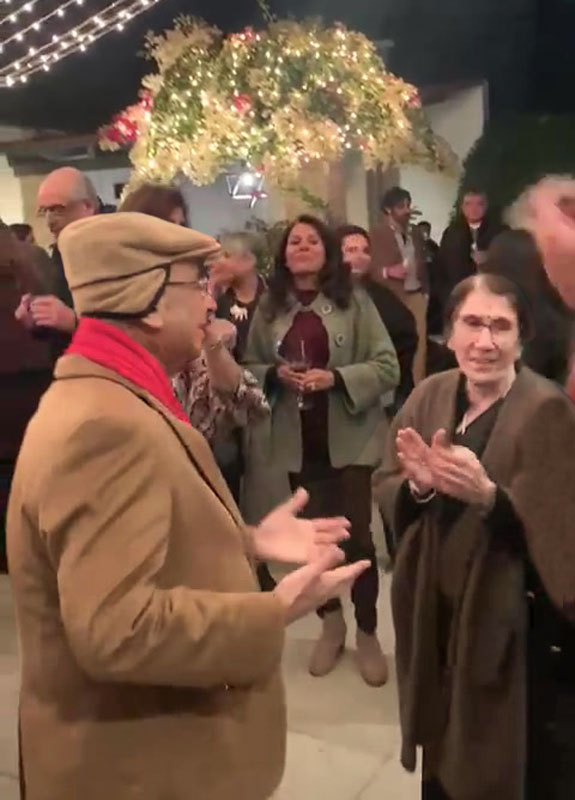Sometime back, my son and daughter-in-law celebrated their 40th wedding anniversary. Amidst a cheerful atmosphere, their friends were having fun, joyfully clapping and dancing to the rhythm of film music. They persisted, and hesitatingly we too started dancing, attracting appreciation from the youngsters.

I recollected how dance came into our lives. We were young when we started to learn ballroom dance while holidaying in Mussoorie with my sister and brother-in-law. All of us joined the dance classes and started taking lessons in foxtrot, waltz and cha-cha-cha. We were enthusiastic, but time was too short to learn much.
After returning to Chandigarh, we pursued our lessons and engaged a dance teacher whom we nicknamed ‘Mr Nacha Singh’. Our friends, Narendra and Indu Goswami, Lalit and Usha Suri, also joined us with gusto. As our professional work needed more time, slowly we gave up dancing.
Around 1963, I was invited by our German business partner, Willi Dowidat, for his daughter’s wedding. I participated in the ceremony which was held in a church. In the evening at the reception, all the important guests were supposed to dance with the bride, I being a privileged one. However, it was an acid test for me. As the queue for dancing with the bride was getting shorter, I was getting more nervous. I explained my predicament to someone, knowing the bride was wearing a long gown and I may step on her dress. He quietly shifted me from the line.
On another occasion, I was the incoming Rotary International president at the International Assembly in the US. President Paulo Costa and his wife Rita insisted that my wife Usha and I join them on the stage. I was to dance with Rita, Usha with Paulo. It was a great honour but we felt uneasy. They both being proficient in dancing made it easy for us to dance with them for a few minutes. When more couples came on the floor, we withdrew to our seats.
‘Ballroom dancing’, as a term, comes from the Latin word ‘ballare’ which means ‘to dance’. Ballroom dance originated in 1580 in Germany. Around 1750, the waltz became popular and spread to more parts of Europe and England. Later, tango, foxtrot, mambo, rumba, samba, cha-cha-cha and quickstep became popular.
In India, there are several classical dances and many folk dances and typically such dances are performed at the advent of a new season, weddings and festivals. These are formal where men and women perform separately and also mixed. Now, informal folk dances are becoming increasingly normal in social gatherings.
Be it any location or event, any gathering, formal or informal, one factor is universally common to all — dance. It is an expression of joy and exuberance. Author Jonathan Lockwood Huie’s lines say it all: ‘Dance lightly with life; Sing wild songs of adventure; Soar your spirit; Unfurl your joy.’
Should we not, young or old, unfurl our joy to dance?
The writer is a past RI president
© The Tribune





